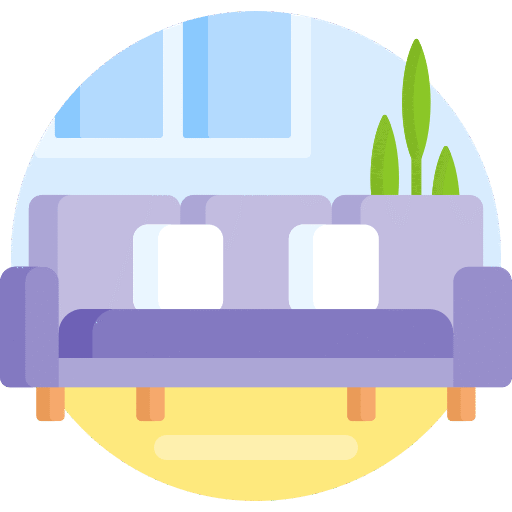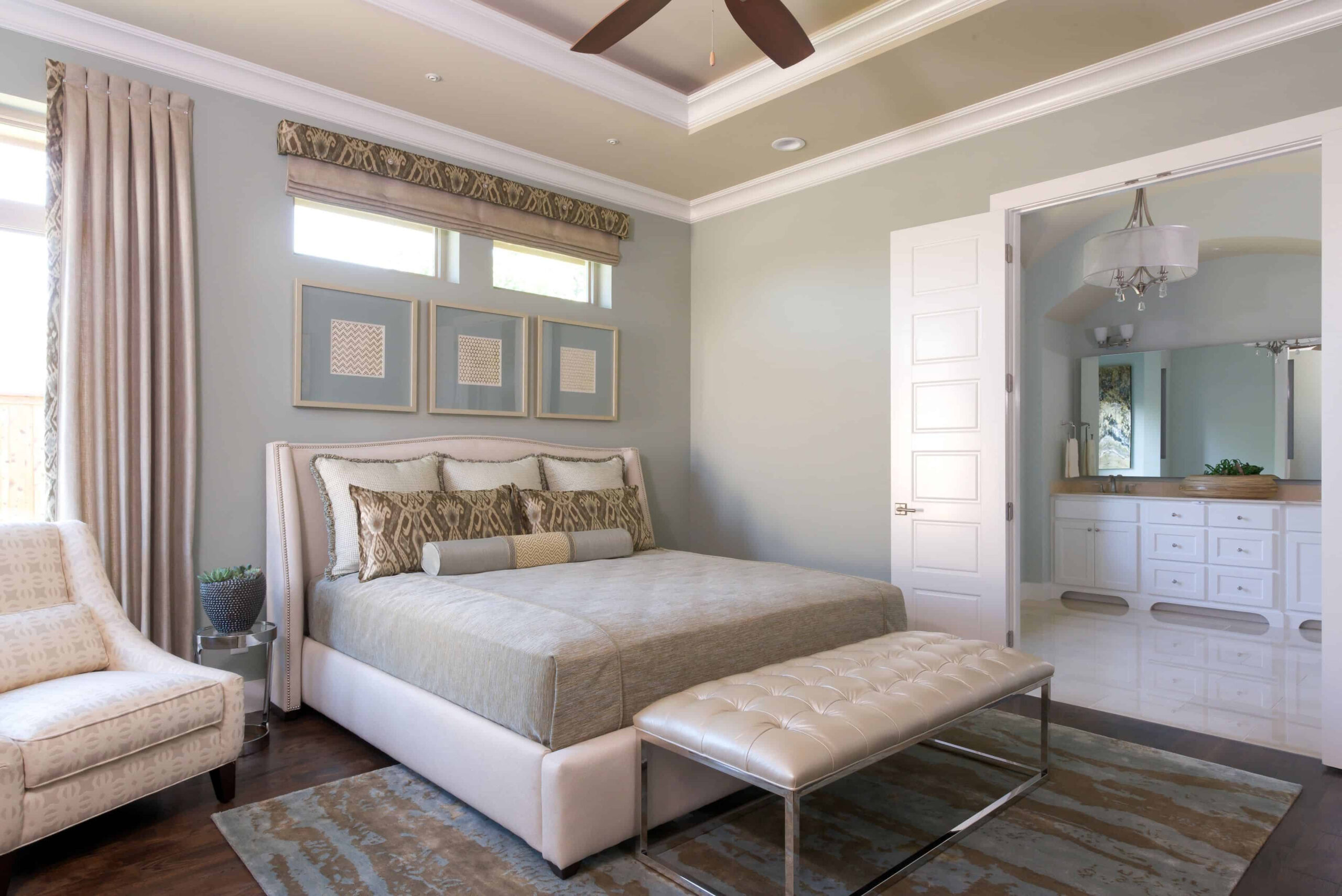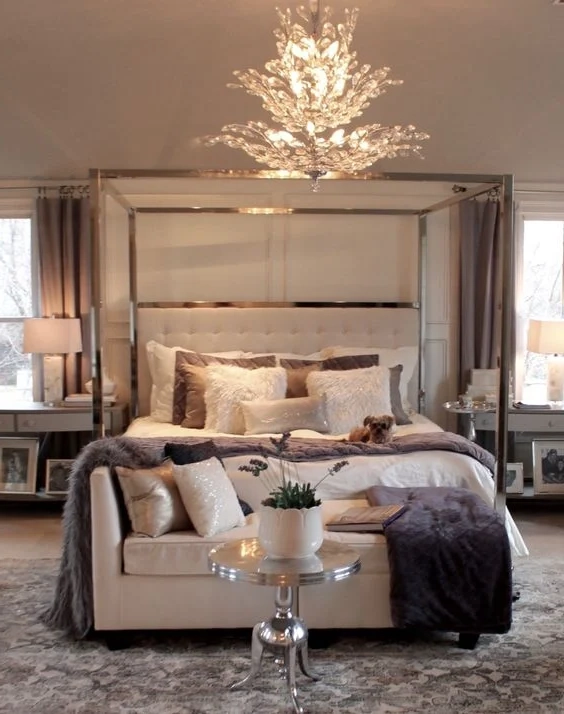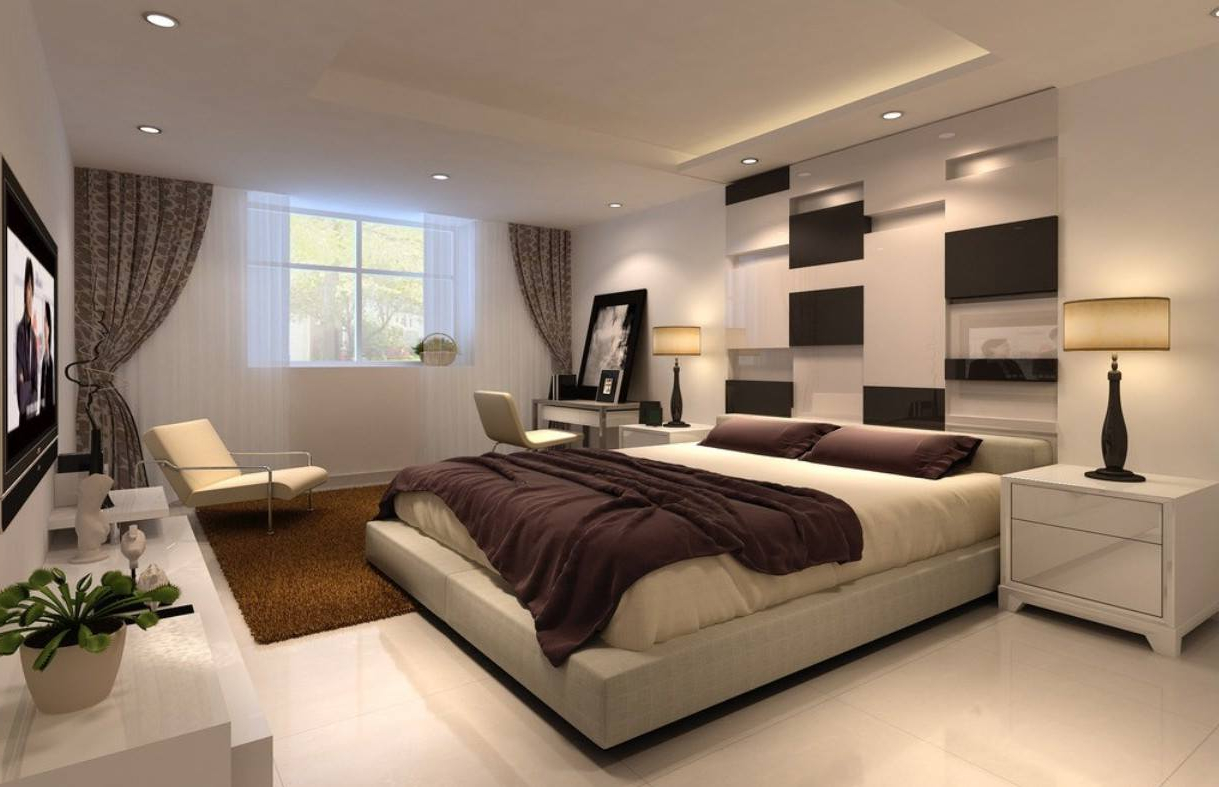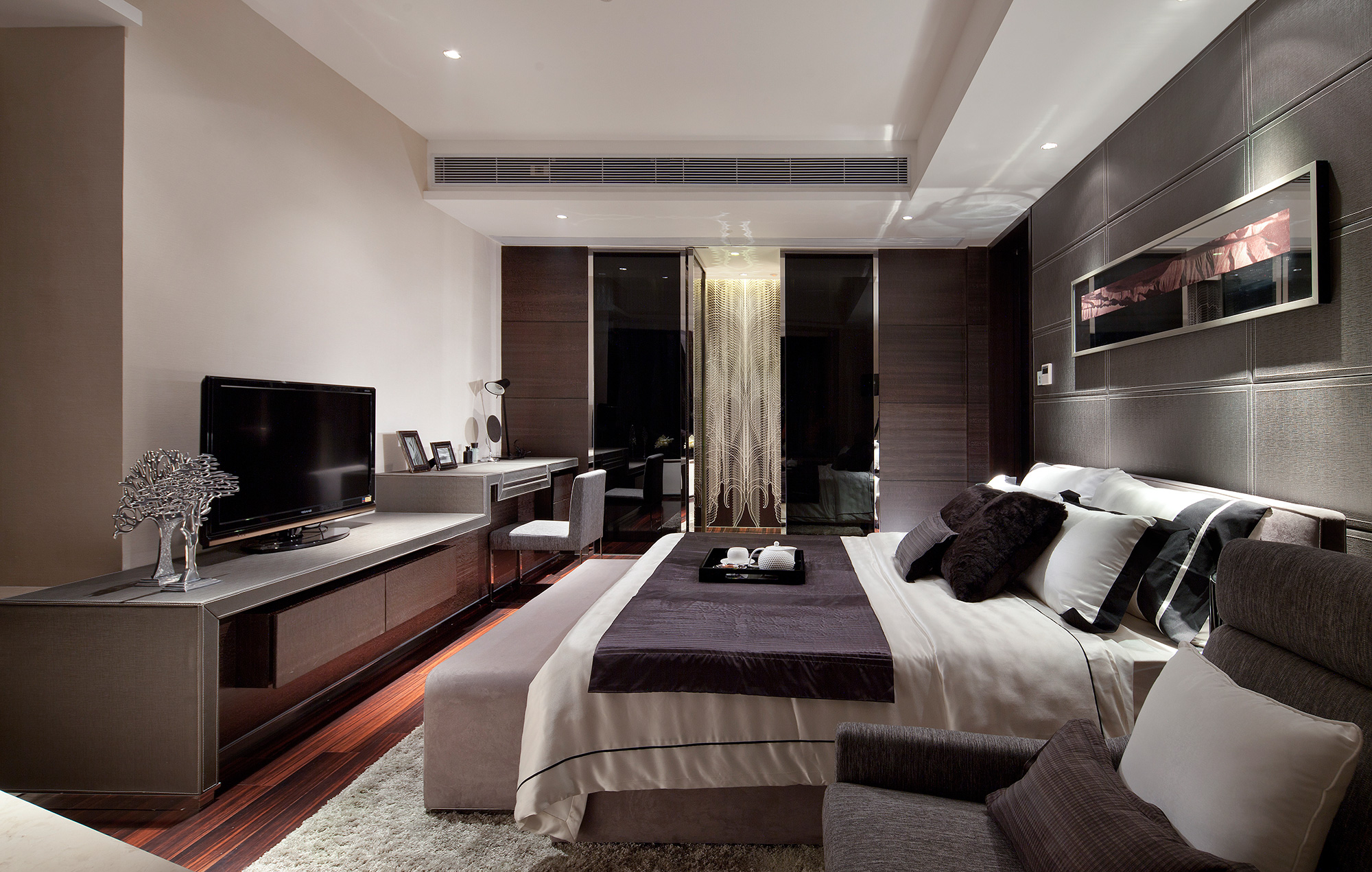Your bedroom isn’t just a place to catch some Z’s—it’s a sanctuary that directly impacts how well you rest and how refreshed you feel each morning. What if I told you that simply rearranging your furniture could lead to better sleep, reduced stress, and more energy throughout the day? That’s exactly what expert bedroom layout strategies can do for you.
We all know that good sleep matters. But did you know that your bedroom setup plays a huge role in determining how well you sleep? It’s not just about having a comfortable mattress or soft sheets. The way you arrange your space affects your mental state, your physical comfort, and even your circadian rhythm. Think about it—when you walk into a room that feels chaotic or cluttered, does it instantly put you in a relaxed mood? Probably not. On the flip side, when you enter a space that’s clean, organized, and thoughtfully arranged, it naturally calms your mind. This is why transforming your sleep space isn’t just about aesthetics—it’s about creating an environment that supports your body’s natural needs.
Understanding the Psychology of Sleep Spaces
Before we dive into specific layout strategies, let’s talk about what makes a bedroom feel like a true haven. Research shows that our brains respond strongly to environmental cues. When we’re in a space designed for rest, our parasympathetic nervous system kicks in, helping us relax and prepare for sleep. A well-designed bedroom creates a psychological boundary between your active day and your rest time. This mental shift is crucial because it helps signal to your brain that it’s time to wind down. The right colors, lighting, and arrangement can trigger this transition automatically. Have you ever noticed how hard it is to fall asleep in a room that looks like it’s still part of your workday? That’s because your brain isn’t ready to switch off. You need a space that actively tells your brain, ‘This is where you belong when you’re not working.
The Foundation: Creating a Clear Pathways
One of the most overlooked aspects of bedroom design is ensuring there’s enough space to move around comfortably. When your bedroom feels cramped or cluttered, it creates stress even before you get into bed. Experts recommend leaving at least 3 feet of clear space around your bed so you can easily get in and out of it without bumping into anything. This isn’t just about convenience—it’s about reducing anxiety. Imagine trying to climb into bed when there’s furniture or clothes blocking your path. That little stress can throw off your entire sleep cycle. Consider how much easier it is to get settled when you have a clear, unobstructed area around your bed. The key is to plan your layout carefully, keeping in mind not just where you want your furniture, but also how you’ll move through the space. For example, if you have a nightstand next to your bed, make sure there’s enough room to reach it without getting tangled in bedding or furniture. Simple adjustments can make a world of difference.
Choosing the Right Bed Placement
Where you position your bed can significantly affect your sleep quality. The most popular approach is placing the bed against a solid wall, preferably away from windows and doors. Why? Because sleeping with your back to the door is believed to make you feel safer and more secure, which can reduce anxiety and promote deeper sleep. Plus, a wall behind the bed provides a sense of stability and support. But it’s not just about placement—it’s also about orientation. Many experts suggest positioning your bed so that you’re looking toward the door, rather than directly facing it. This allows you to see who’s entering the room, which can provide a psychological sense of safety. When it comes to window placement, try to avoid having your bed directly in line with a window. Not only can direct light disrupt sleep, but it can also create drafts that make you uncomfortable. Instead, position your bed so that it’s perpendicular to the window, or even better, use blackout curtains to block out light completely.
Lighting That Works With Your Body Clock
Lighting is one of the most powerful tools in your bedroom transformation toolkit. Your body’s internal clock, or circadian rhythm, is heavily influenced by light exposure. This means that the lighting in your bedroom should help support your natural sleep-wake cycle rather than interfere with it. During the day, bright, natural light helps regulate your circadian rhythm. But once evening rolls around, you want to reduce blue light exposure and switch to warmer, softer lighting. This might mean installing dimmer switches or using bedside lamps instead of harsh overhead lights. Some people find that using red or amber lighting in the evening helps them feel more relaxed. Smart lighting systems can even automatically adjust the color temperature based on the time of day. The key is to create a lighting environment that promotes relaxation and sleep. If you’re someone who struggles with falling asleep, consider removing all screens from your bedroom. Blue light from phones, tablets, and computers can suppress melatonin production and make it harder to drift off. Instead, try reading a book or listening to calming music with soft lighting to help your mind transition into rest mode.
Decluttering for Better Mental Clarity
A clutter-free bedroom is more than just aesthetically pleasing—it’s essential for good sleep. Clutter can increase cortisol levels, which is the stress hormone that keeps you alert. When your brain sees visual chaos, it interprets it as potential danger, triggering a fight-or-flight response that makes it harder to relax. This is why many people struggle to fall asleep in rooms filled with clothes, books, or random items. Start by removing anything that doesn’t serve a purpose in your bedroom. That includes old magazines, extra electronics, and even clothing that’s been sitting in piles. The goal isn’t to have a perfectly sterile space, but rather to create a calm, intentional environment. Think about what items truly contribute to your sleep experience. Maybe it’s a small plant that brings life to the room, or a few carefully chosen books that help you wind down. Everything else should go. The process of decluttering can itself be therapeutic, helping you release mental stress along with physical clutter. It’s amazing how much better you can sleep once you’ve cleared away the visual noise that’s been weighing on your mind.
Smart Storage Solutions for Maximum Comfort
Good organization doesn’t mean sacrificing style or comfort. In fact, smart storage solutions can actually enhance your bedroom’s ability to promote rest. When everything has its place, you’re less likely to spend time searching for things during the night, which can disturb your sleep. Consider investing in under-bed storage boxes for seasonal clothing or extra bedding. These keep items out of sight while maximizing floor space. Wall-mounted shelves can hold books, plants, or decorative items without taking up valuable floor area. If you have limited space, vertical storage options become especially important. Some people prefer to keep all their bedtime essentials within arm’s reach, such as water bottles, reading glasses, or medications. Others prefer to keep everything tucked away so the bedroom remains as minimalist as possible. The key is finding a balance that works for your lifestyle while supporting your sleep goals. Remember, the goal isn’t to have a perfectly organized space—it’s to create an environment where everything you need is easy to access without creating visual distractions.
Transforming your sleep space isn’t about making dramatic changes overnight. It’s about making thoughtful decisions that support your natural rhythms and personal comfort. Whether you’re starting from scratch or looking to refine your current setup, these strategies offer a roadmap to better sleep. The beauty of bedroom design lies in its ability to adapt to your unique needs and preferences. You don’t have to follow every rule perfectly, but understanding the principles behind effective bedroom layouts can help you make choices that genuinely improve your sleep quality. Think of this as an investment in yourself. Every night you sleep better, you’re giving your body the chance to repair and recharge properly. That’s worth exploring, isn’t it? The journey to better sleep starts with small, deliberate steps. Try one change at a time, pay attention to how it affects your sleep, and build from there. Your future self will thank you for the effort you put into creating a space that truly supports rest and recovery.
